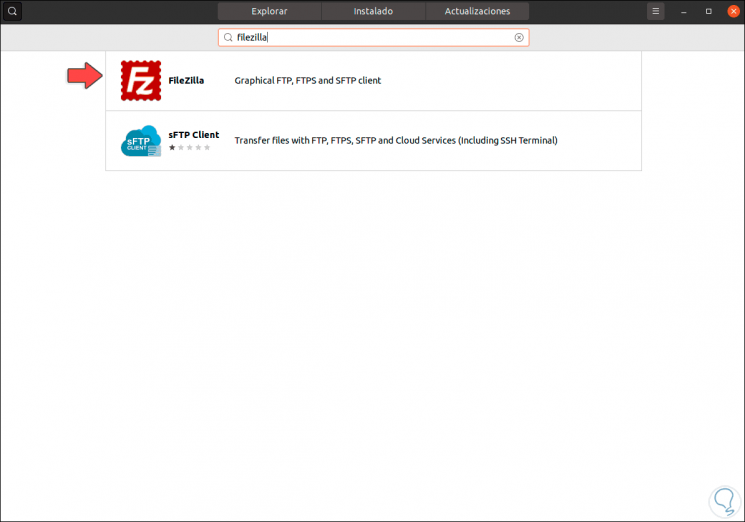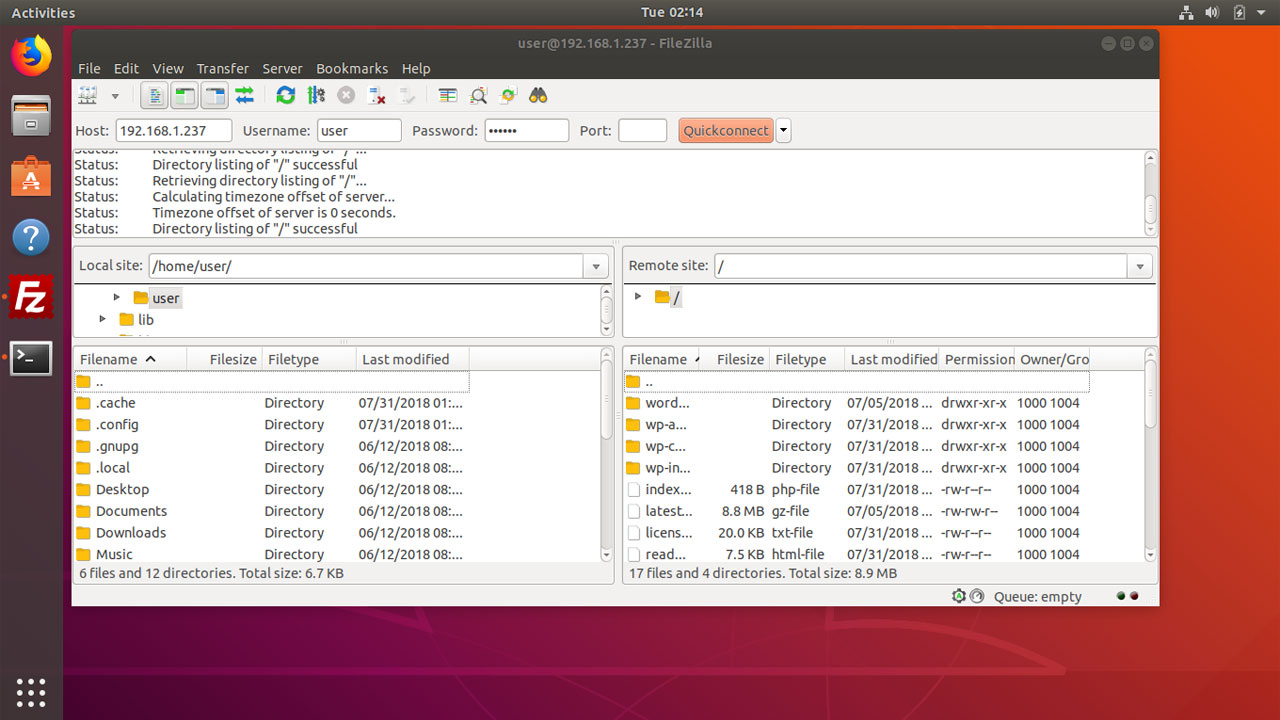

Several of these packages came through an automatic sync from an unstable branch of Debian others have been pulled in for the 14.04 LTS version of Ubuntu explicitly. Package software and applications of every type are being updated at a rapid pace as with all new releases. Implement a network install with the help of the netboot images instead of the new xenial-netboot, wily-netboot, vivid-netboot, or topic-netboot images.Only those installing using the 14.04.2 media or new will by default get a new hardware enablement stack automatically. Implement an upgrade or update to Trusty from an old release of Ubuntu.

The 14.04.1 and 14.04.0 versions are archived on Install from an old 14.04.1 or 14.04.0 version and update.There are some options for remaining on the actual Trusty stack: Those running cloud or virtual images shouldn't require this new hardware enablement stack and hence it's suggested they remain on the actual Trusty stack. This new hardware enablement stack would be composed of the X stack and kernel from the Xenial 16.04 version. The 14.04.5 version will ship with an X stack and updated kernel by default in an effort for supporting a huge range of hardware on a previous LTS release. Features of Ubuntu 14.04 LTS LTS Hardware Enablement Stack By default, the 3.10 version of GNOME is installed. Other aspects of the confinements of Xorg and not XMir or Mir, a Unity 8 preview of developers, new mobile apps, recreated USB Startup Disk Creator tool, a newer forked release of the GNOME Control Center, known as the Unity Control Center and SSD TRIM support (default). The 14.04 version of Ubuntu included the capability to turn off any global menu system and apply locally developed menus rather than for individual apps. There were some modifications to the desktop as the 14.04 version used the previous mature interface of Unity 7. The development cycle for this publication concentrated on the tablet interface, particularly for the Nexus 10 and Nexus 7 tablets. Technical dept defines refining and catching up supporting work for earlier modifications.

Mark Shuttleworth represented that the concentration in this development cycle will be a publication categorized by "refinement, performance, technical debt, maintainability" and encouraged many developers for making "conservative choices". On 17 every 2014, Trusty Tahr was released and is the 20th publication of Ubuntu. It was disclosed that the 14.04 version of Ubuntu will be dubbed "Trusty Tahr" on 18 October 2013. On 31 October 2011, Mark Shuttleworth disclosed that by the 14.04 version of Ubuntu, Ubuntu will support smart screens, TVs, tablets, and smartphones.

Next → ← prev Ubuntu 14.04 LTS Introduction to Ubuntu 14.04 LTS


 0 kommentar(er)
0 kommentar(er)
